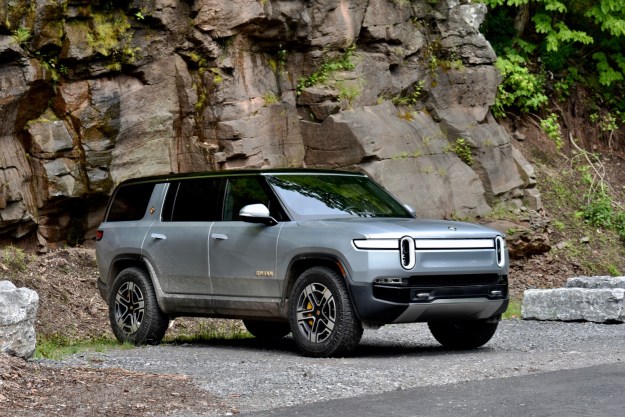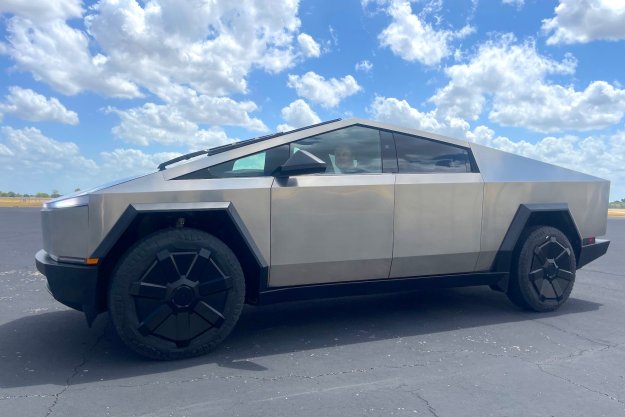Fully electric vehicles are becoming less of a premium item and more of an option for average car consumers, we’re sure to see more of them populate our streets. With a number of 280,000 EVs currently in the U.S. and growing, drivers will need more of a supporting infrastructure. Otherwise, EV owners are limited to a small number of local charging stations that will quickly become overwhelmed, what’s the point of having an electric car if you can’t go anywhere?
This is the reason why BMW and Volkswagen have teamed up with ChargePoint to create express charging corridors along the east and west coast’s most traveled routes. The initiative is designed to increase the number of direct current fast charging stations along these routes to make long trips in electric vehicles much easier.
“With strategically-placed stations where drivers need them, these express charging corridors will give EV drivers the freedom to go farther and have an EV as their only car without limitation,” said Pasquale Romano, ChargePoint CEO.
The east coast corridor will run along I-95, connecting Boston and Washington, D.C. at first, while the west coast corridor will connect areas of Portland, San Francisco, Los Angeles, and San Diego. Installations will be spaced no less than 50 miles apart. Nearly 100 ports will be installed in the first phase, which is expected to be complete by the end of this year.
Each location will have up to two 50kW direct current fast chargers, so vehicles like the BMW i3 And the VW E-Golf can get 80 percent worth of charge in 20 minutes. Cars that don’t have the DC fast charging capabilities can still use the standard “level 2” chargers, which can get them around 25 miles worth of range from an hour’s worth of charge.
Installations on the west coast have already started, with the first one set up in San Diego County. They’ll be publicly available, but anyone looking to use them will have to setup a ChargPoint account. They can then pay with a ChargePoint or ChargeNow card or with the ChargePoint mobile app.
Editors' Recommendations
- Volkswagen is willing to share its electric car tech with BMW and others
- Ford, Honda, BMW, and Volkswagen reach deal with California on emissions






